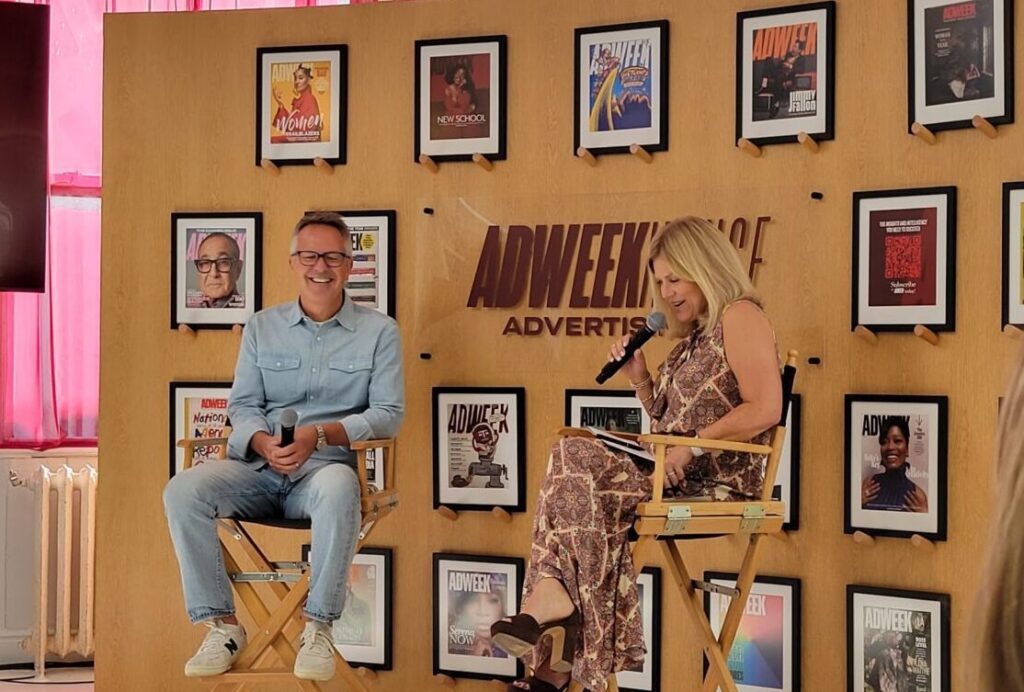(Direct) A direct mail campaign recently orchestrated by one of Rachel Greenwald’s favorite clients has pulled a 12% response rate – and is still going strong.
Granted, those responders don’t represent “sales,” or closed deals. But they don’t have to. This campaign only needs one finalized deal to be considered a rip-roaring success. Not one percent – one deal.
The campaign, undertaken by a woman in her 50s, was done according to the 15-step program described in Greenwald’s book, “Find a Husband After 35 Using What I Learned at Harvard Business School.” Following Greenwald’s advice, the woman sent out 100 cards around Arbor Day, a holiday not traditionally associated with greeting cards. Each letter offered to plant a tree in Israel in the name of anyone who sent her a potential blind date.
“It wasn’t a crass ‘I’ll give you $100 for a blind date’ proposition,” Greenwald, who earned both her MBA and a Master’s in Education from Harvard, told me. “She was Jewish, and it was in keeping with the Arbor Day theme, with the idea that it’s a mitzvah [good deed] to plant a tree.”
As of mid-October, the woman had about 12 dates, and “results” are still being tallied, according to Greenwald.
The campaign’s success, and that of others like it, is all the more surprising considering Greenwald’s own admission that Harvard B-School skimps on direct marketing.
“[Harvard’s MBA] program is a general management curriculum that is case-study based,” she told me. “The curriculum does not stress analyzing quantifiable results, except in finance and accounting. The marketing classes were much more big picture.”
That said, her book’s marketing frame does provide structure and technique for marriage-minded marketers, and advocates using direct mail, online marketing, and even the much-maligned outbound telemarketing channel to help find a mate. Every chapter starts off with a lesson gleaned from her MBA education, and many contain “case studies.”
Greenwald is sympathetic to direct marketers’ concerns with the bottom line. She advocates that women set aside 10% of their annual salaries as a marketing budget, a figure that might make some balk.
“It’s especially ironic when you ask a woman how she spent the last $1,000 in her bank account. You’ll hear, ‘a new pair of shoes,’ ‘reupholstered a cushion in her living room,’ ‘went out to dinner,’” Greenwald said. “Then you tell them ‘For $200 you could buy a ticket to a charity event, and meet a lot of interesting men, and women who might play matchmaker.’”
But as in the business world, creativity can help stretch tight budgets. Greenwald estimated that the “tree” direct mail program she described has cost around $500, including printing, postage and a dozen trees.
And the ultimate ROI? “I think she’ll be married within the next 12 months,” Greenwald said.
What about the recent challenges to the direct marketing industry, such as the restrictions on outbound telemarketing? Do they have any impact on Greenwald’s suggestions for finding a mate?
“The difference is that these aren’t cold calls – they’re warm calls,” she said. After pausing, she added. “At any rate, I advise people not to call during dinner.”
To respond to this column, please contact richard.levey@penton.com.
 Network
Network

